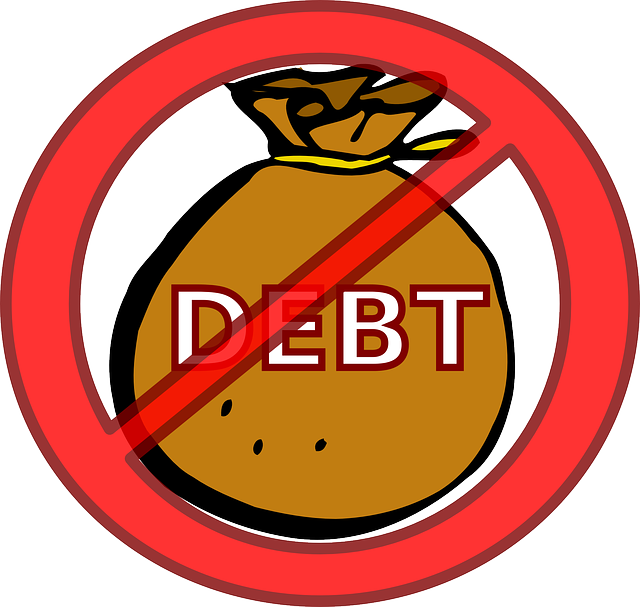Crafting a Comprehensive Debt Management Plan
Debt, when not managed properly, can become a significant burden on your financial health and overall well-being. Whether you’re dealing with credit card debt, student loans, or other financial obligations, a well-structured debt management plan can pave the way to regaining control over your finances and achieving lasting financial freedom. In this comprehensive guide, we’ll walk you through the steps of creating an effective debt management plan that will empower you to conquer your debts and secure a brighter financial future.
Understanding the Need for a Debt Management Plan
Before we delve into the steps of creating a debt management plan, it’s crucial to understand why such a plan is essential. A debt management plan provides you with a structured approach to systematically tackle your debts. It helps you take control of your financial situation, reduce interest payments, and gradually eliminate the burden of debt, enabling you to allocate more resources to savings, investments, and achieving your long-term financial goals.
Step-by-Step Guide to Creating a Debt Management Plan
1. Assess Your Current Financial Situation
Begin by getting a clear overview of your current financial situation. Gather all the necessary information about your debts, including the type of debt, outstanding balances, interest rates, minimum monthly payments, and due dates. This comprehensive snapshot will serve as the foundation for your debt management plan.
2. Set Clear Debt Reduction Goals
Establish specific and achievable goals for reducing your debt. Do you aim to become debt-free within a certain timeframe? Are you targeting a particular debt to eliminate first? Setting clear goals will provide you with a roadmap and motivate you throughout the debt management journey.
3. Prioritize Your Debts
Not all debts are created equal. Prioritize your debts based on factors such as interest rates, outstanding balances, and any penalties. Two common methods of prioritizing debt repayment are:
- Avalanche Method: Start by paying off the debt with the highest interest rate. Once that debt is cleared, move on to the next highest interest rate debt. This method minimizes the overall interest you’ll pay.
- Snowball Method: Begin by paying off the smallest debt first. Once that’s paid off, redirect the funds you were using to pay off that debt towards the next smallest debt. This approach provides a sense of accomplishment and motivation as you eliminate debts one by one.
4. Create a Realistic Budget

Developing a budget is a cornerstone of effective debt management. Track your income and all your expenses, ensuring that your expenses are lower than your income. Allocate a portion of your budget to debt repayment while leaving room for necessary expenses and savings.
5. Negotiate with Creditors
If you’re struggling to meet your debt obligations, don’t hesitate to communicate with your creditors. They might be willing to negotiate new terms, such as lower interest rates, extended repayment periods, or even settling for a reduced amount. Many creditors prefer to work with borrowers to ensure they eventually recover their funds.
6. Consider Debt Consolidation or Refinancing
Debt consolidation involves combining multiple debts into a single, more manageable loan. This can simplify payments and potentially reduce your overall interest costs. Similarly, refinancing can help lower interest rates on existing loans, such as mortgages or car loans.
7. Build an Emergency Fund
While you focus on debt repayment, it’s important to simultaneously build an emergency fund. Having a financial safety net will prevent you from relying on credit cards or loans in case unexpected expenses arise.
8. Implement Your Debt Repayment Strategy
Once you’ve prioritized your debts, established a budget, and explored negotiation or consolidation options, it’s time to implement your debt repayment strategy. Make the minimum payments on all debts, while allocating extra funds towards the prioritized debt. As you eliminate one debt, roll over the payment amount to the next debt in line.
9. Monitor and Adjust Your Plan
Consistently monitor your progress. Review your plan regularly to ensure you’re staying on track with your goals. Life circumstances may change, so be prepared to adjust your plan accordingly.
Staying Motivated and Overcoming Challenges
Creating and adhering to a debt management plan can be challenging, especially when faced with unexpected setbacks. Here are some tips to help you stay motivated and overcome obstacles:
Visualize Your Goals
Envision the financial freedom and peace of mind you’ll experience once your debts are paid off. Visualizing your goals can provide the motivation you need to stick to your plan.
Celebrate Milestones
Celebrate small victories along the way. Whether you’ve paid off a credit card or reached a specific balance reduction, acknowledging your progress can boost your confidence and motivation.
Seek Support
Don’t be afraid to lean on friends, family, or support groups for encouragement and advice. Sharing your journey with others can provide emotional relief and valuable insights.
Stay Flexible
Life is unpredictable, and setbacks can happen. If unexpected expenses arise, adjust your plan without becoming discouraged. The key is to keep moving forward.
Educate Yourself
Expand your financial literacy to make informed decisions about your debt management strategy. Understand the terms of your loans, interest rates, and the impact of different repayment options.
Practice Patience
Eliminating debt takes time. Patience is essential, as progress might not always be as rapid as you’d like. Remember that every payment you make brings you closer to your goal.
Final Thoughts
Creating a debt management plan is a proactive and empowering step towards regaining control of your financial future. By assessing your financial situation, setting clear goals, prioritizing your debts, creating a budget, and implementing your chosen strategy, you’ll be on your way to achieving financial freedom. While the journey may have its challenges, the rewards of reduced stress, improved financial well-being, and a brighter future are well worth the effort. Stay committed, stay focused, and stay optimistic as you work towards a life free from the constraints of debt.
Image Credit: Pixabay



